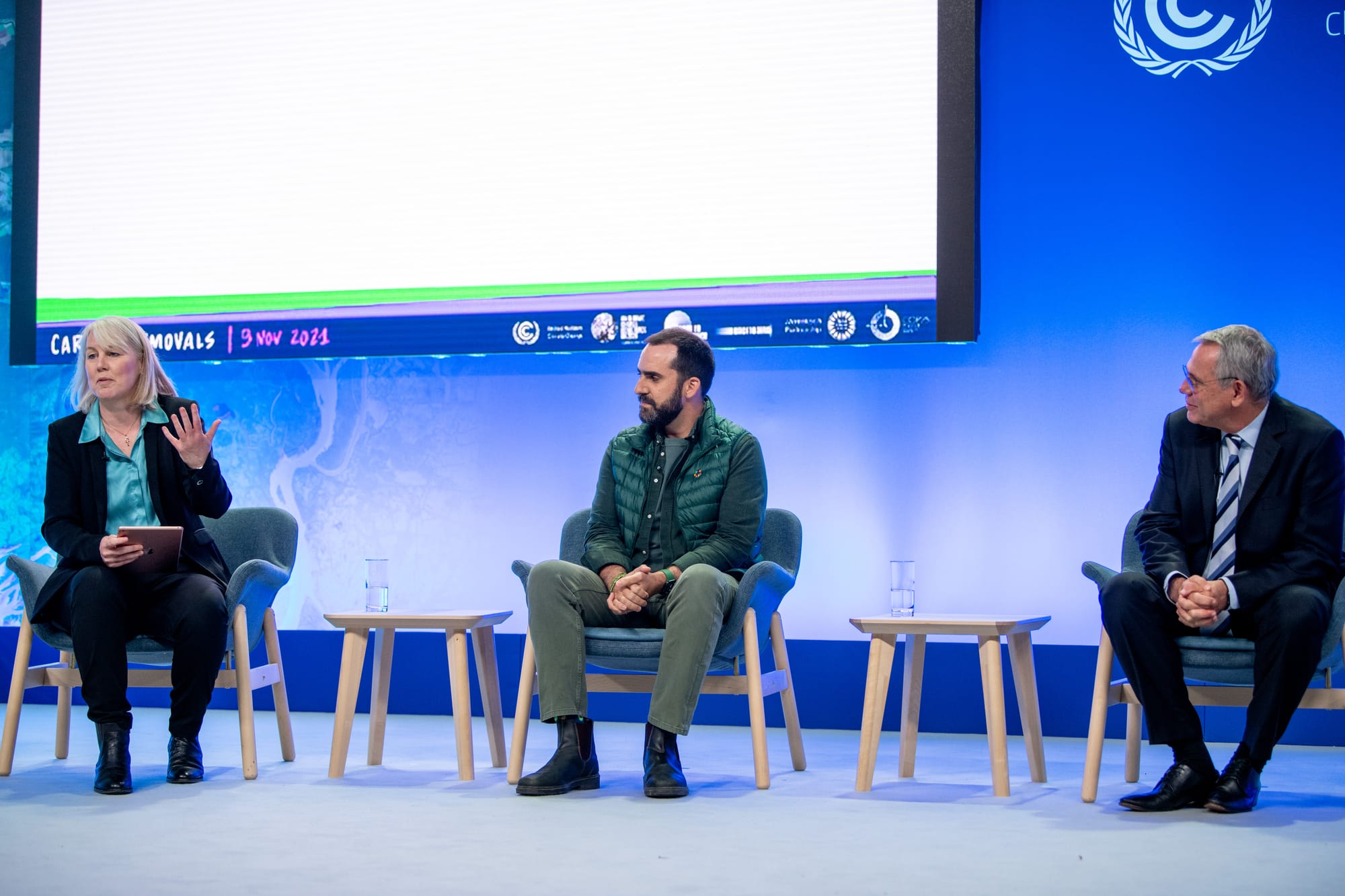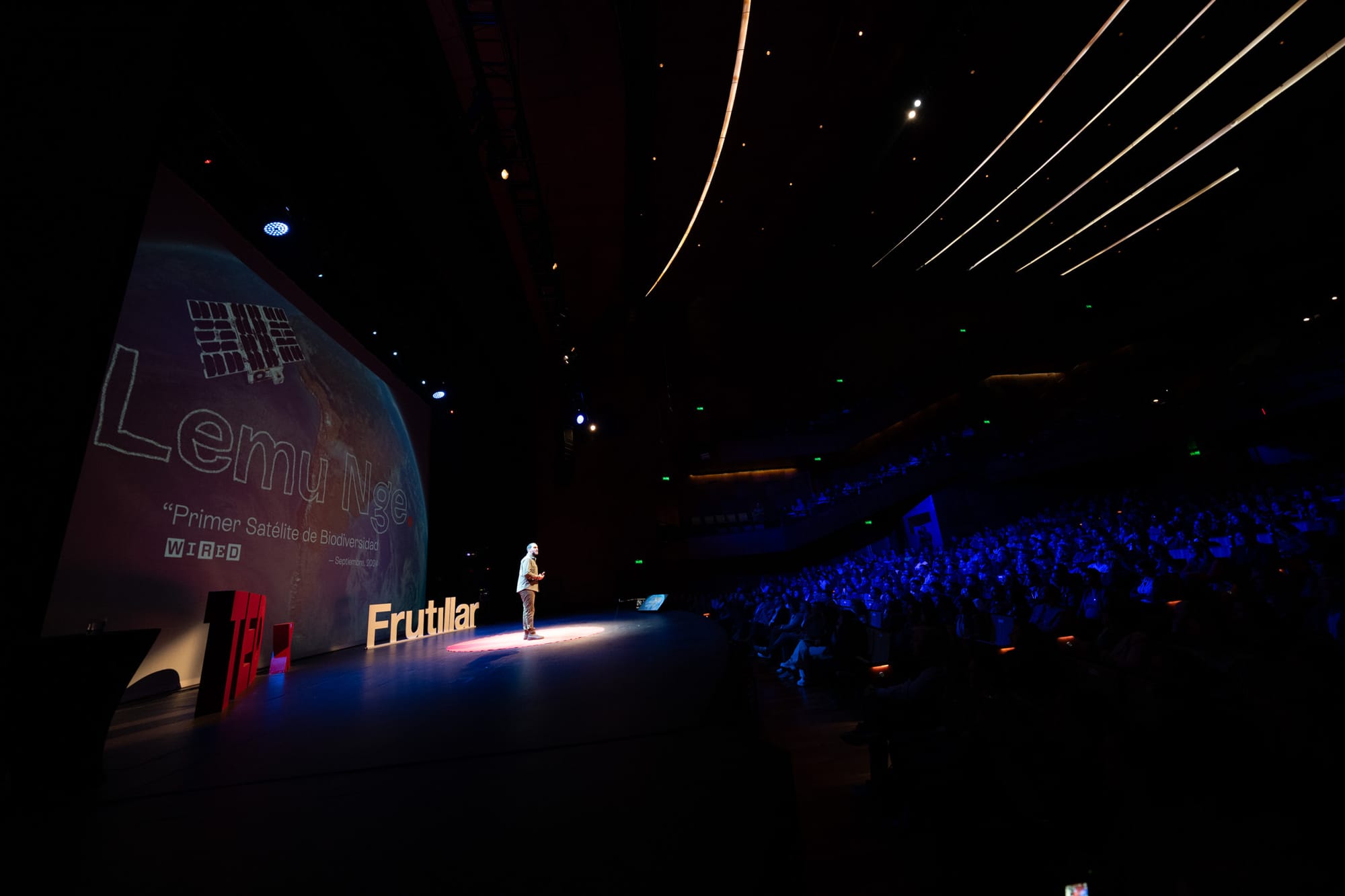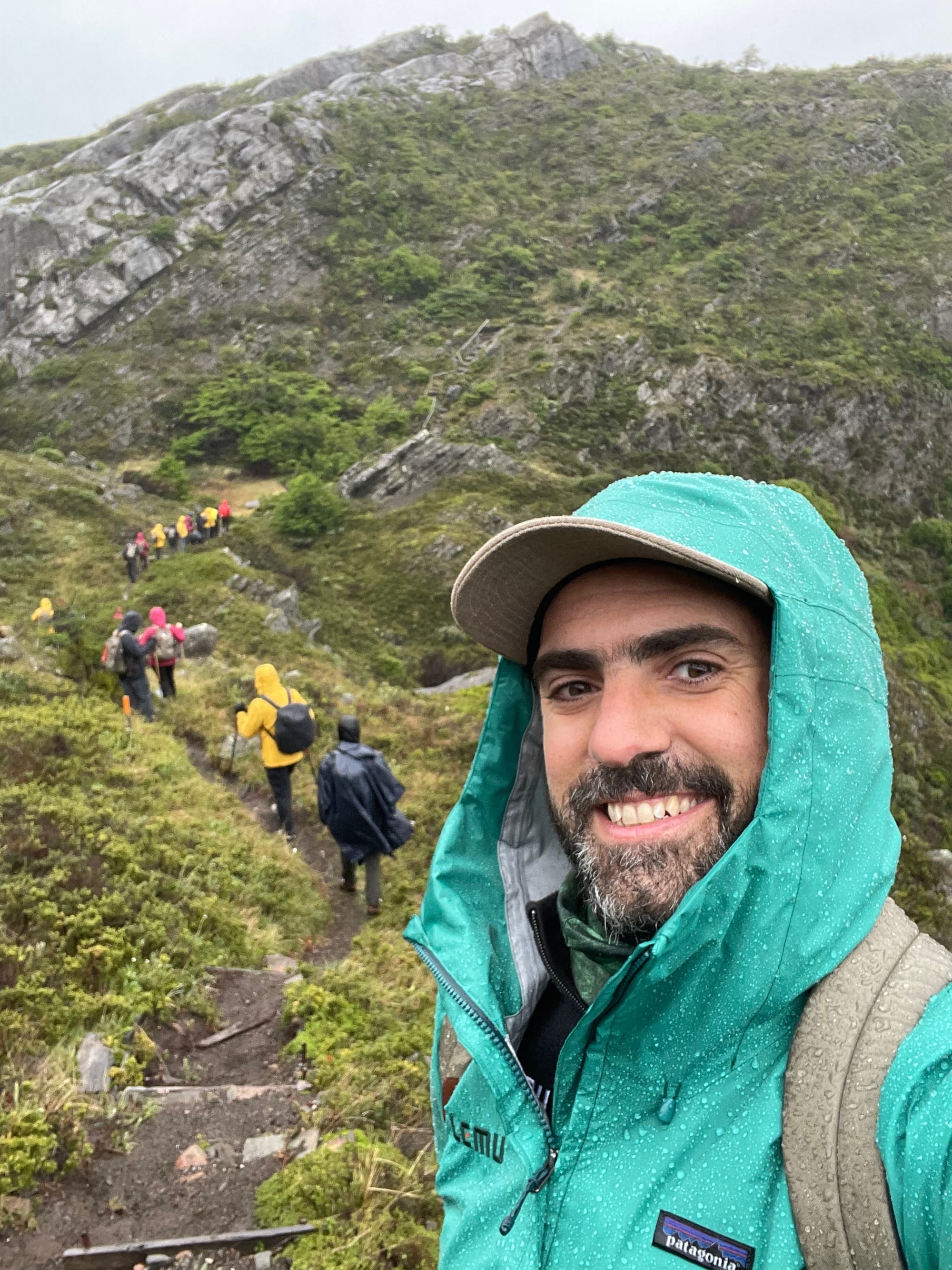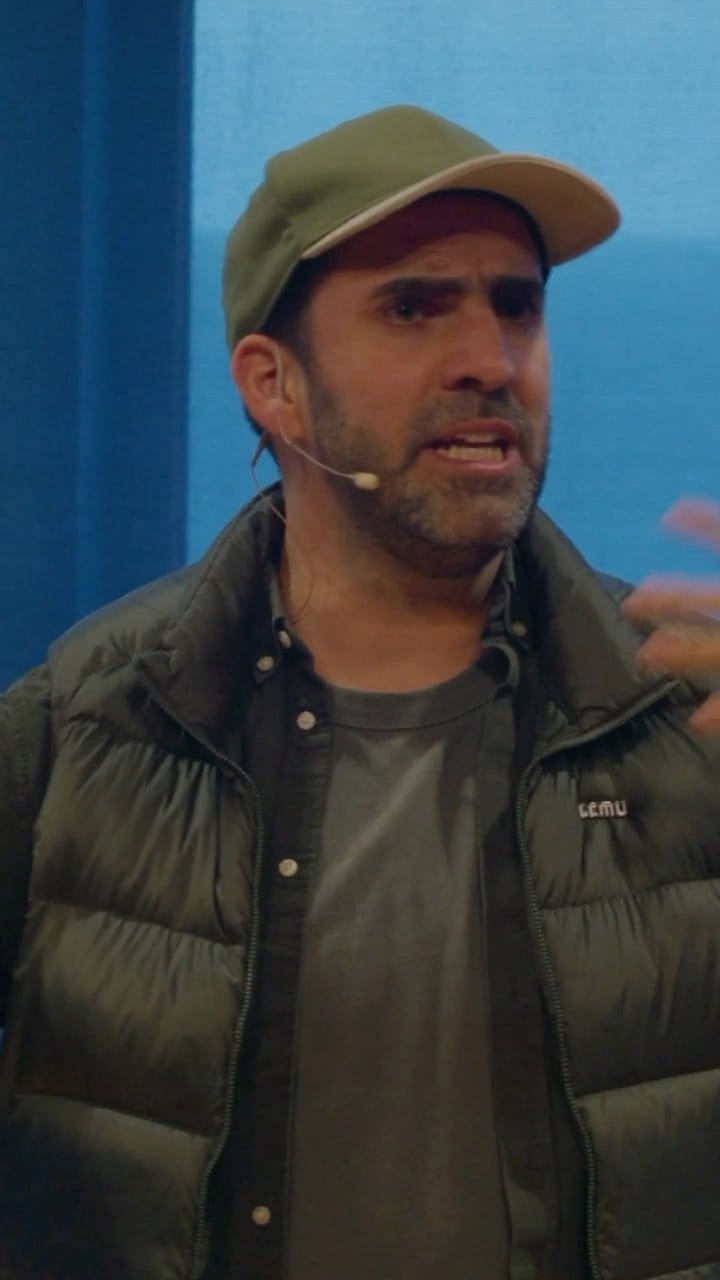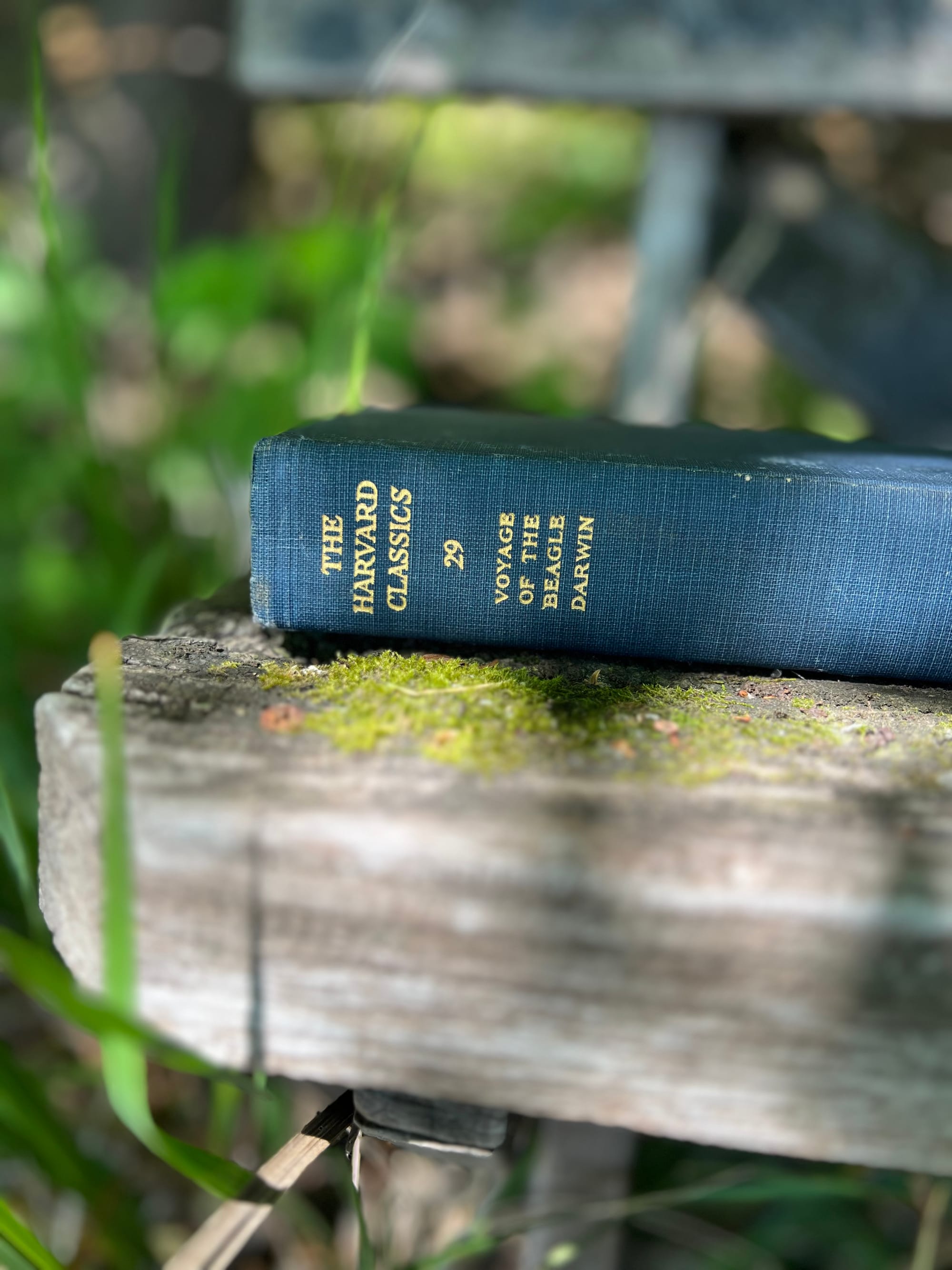COP 26 Glasgow: Introducing Lemu
Introduced Lemu at COP 26 in Glasgow during a section moderated by Gabrielle Walker.
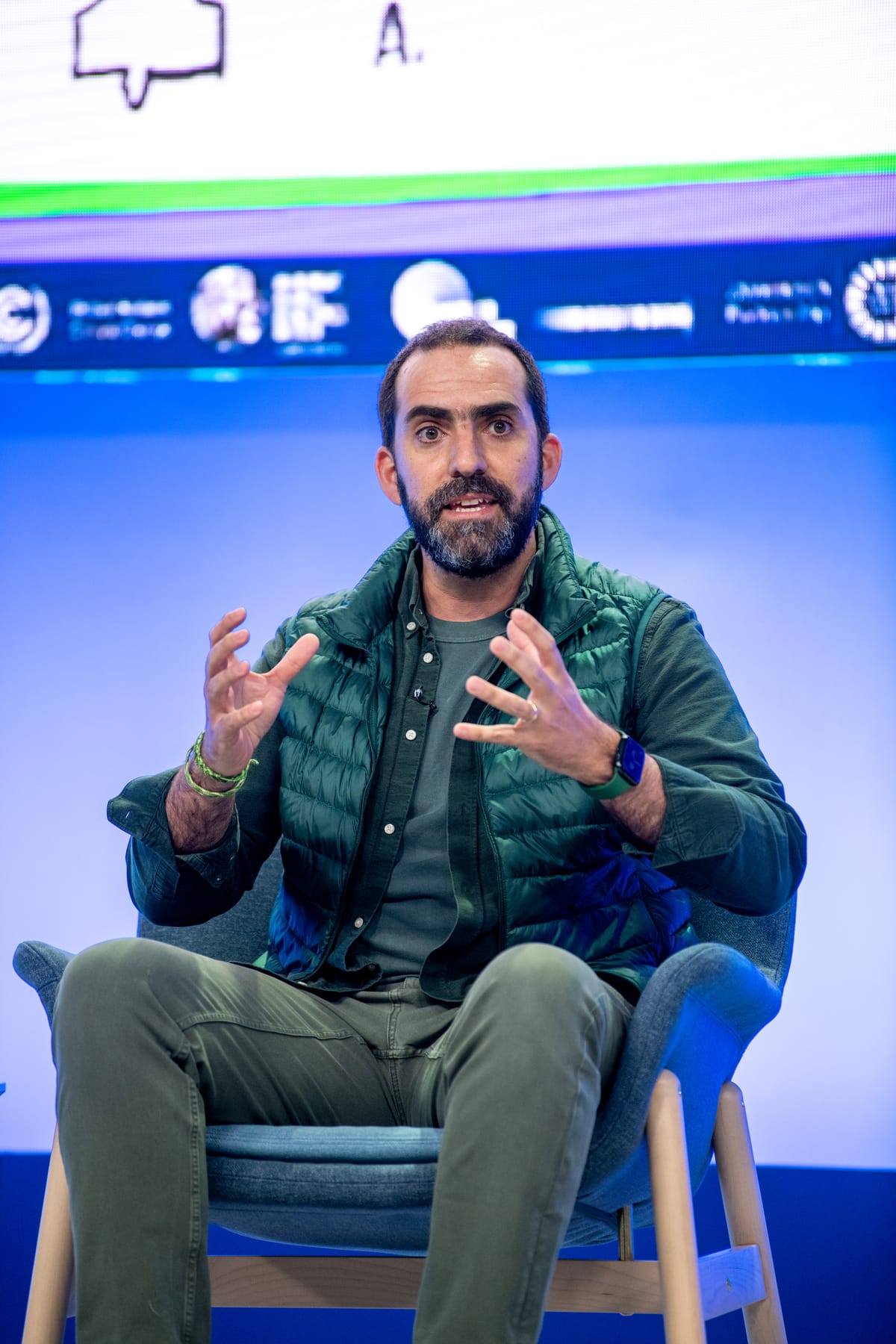
Gabrielle Walker: Our final panelist is Leo Prieto, he’s the CEO of Lemu in Chile. He’s really a very brilliant entrepreneur and he’s going to bring in an aspect of tech that I don’t think we’ve quite thought about in the whole carbon removal space so, Leo, over to you.
Leo Prieto: Well, Gabrielle, thank you very much. As we’ve been hearing from all the panelists, this is a massive challenge and I don’t want to downplay the challenge, but I am very optimistic and I really believe that we’re doing good progress, I’m seeing that progress.
We have the privilege of living in a time, in an era, where science and technology are allowing us to do almost anything we can imagine. At the same time we live in an amazing planet with a wide variety of life forms, life that only exists in this part of the universe — as far as we know.
And we’re lucky enough to realize that we can’t let these tools and this amazing planet go to waste, and more and more people are waking up to the fact that we need to take advantage of that.
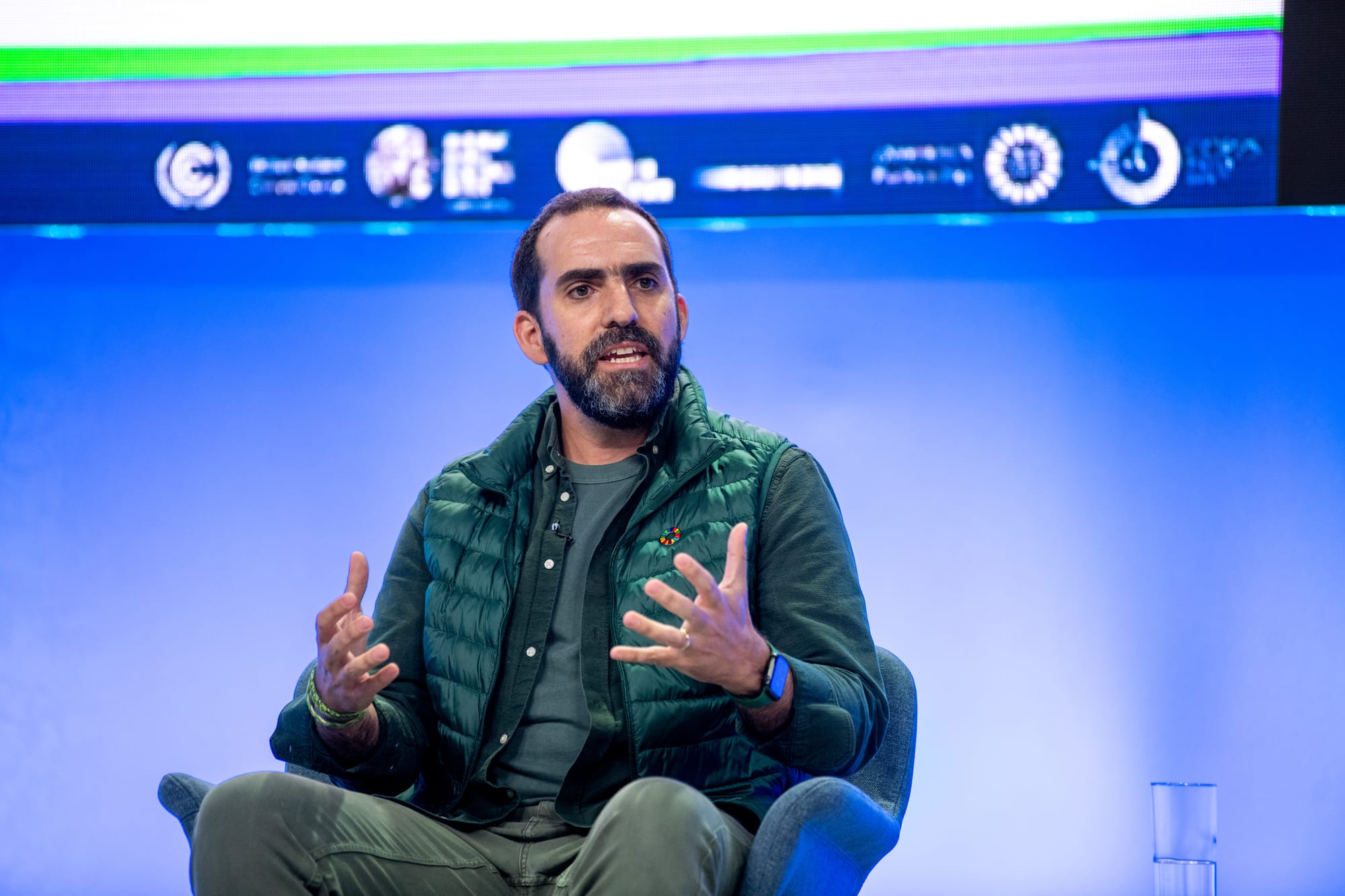
And I’m seeing those millions of sustainable innovations that Sir David Attenborough mentioned last week. This new industrial revolution. And that gets me very excited. And I’m lucky to be working with an amazing team building one of those innovations which is Lemu.
Lemu is an atlas of the biosphere. Imagine something like Google Maps, but for nature. Where instead of seeing streets or human infrastructure you see species and you see ecosystems, and this helps us to connect and understand the nature that surrounds us. We use satellites and ethical AI — which is a very important combination, not just AI, ethical AI. It’s very important how we use these technologies.
Gabrielle: AI, artificial intelligence.
Leo: Artificial intelligence, exactly, with a responsible and ethical way of applying this very disruptive technology that is artificial intelligence.
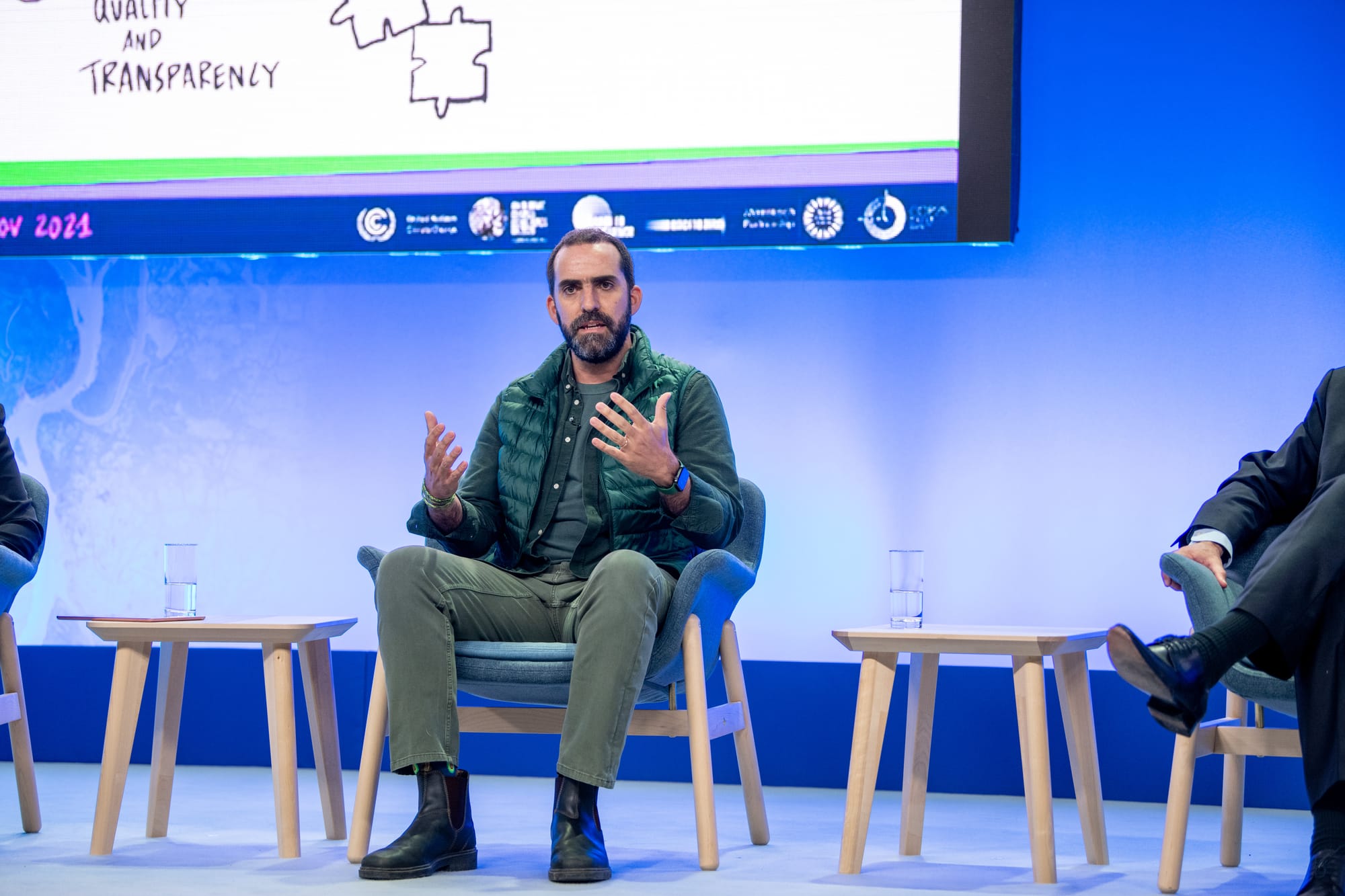
We use something called aerial LiDAR, which is basically airplanes with lasers (but don’t worry these are not the lasers that you see in Star Wars, these are harmless infrared lasers), we use something that Julio [Friedmann] mentioned earlier which is environmental DNA sampling: We take samples from soil and water to understand the biodiversity in ecosystems, in a very non-invasive way.
But most importantly we use something that we like to call “collective intelligence”: We work with all the data being generated by different organizations, by different institutions, by individuals like ourselves here, citizen scientists who are helping us gather all this information.
We use all these different sources of data to help us understand ecosystems, so that we can react quickly when we’re seeing deforestation, where we’re seeing degradation of an ecosystem, not only trying to protect the biodiversity that might be lost, but avoiding that ecosystem from becoming a carbon emitter. At the same time trying to react quickly to support the quality and the scale of the carbon being removed by a healthy ecosystem, and to support the reforestation and the restoration of ecosystems.
And again this is very complex, this is not simple, but I’m extremely optimistic because… I’m not naive enough to think that technology is a silver bullet, that we’re going to solve all of this with one tool, with one app, with one specific type of technology, but I’m optimistic because as we reach out and we talk to big international NGOs, or small local indigenous communities, when we talk to big and small companies, when we talk to universities, we talk to governments, the reaction has been overwhelmingly positive: Everyone wants to work together — and this sounds like obvious, everyone should want to work together and collaborate, but trust me a couple of years ago that wasn’t the case. Everyone wanted to come up with their own solution, no one wanted to share data, no one wanted to share the tools they were doing, but as we’ve been hearing earlier this requires us to move fast, and this requires us to move together.
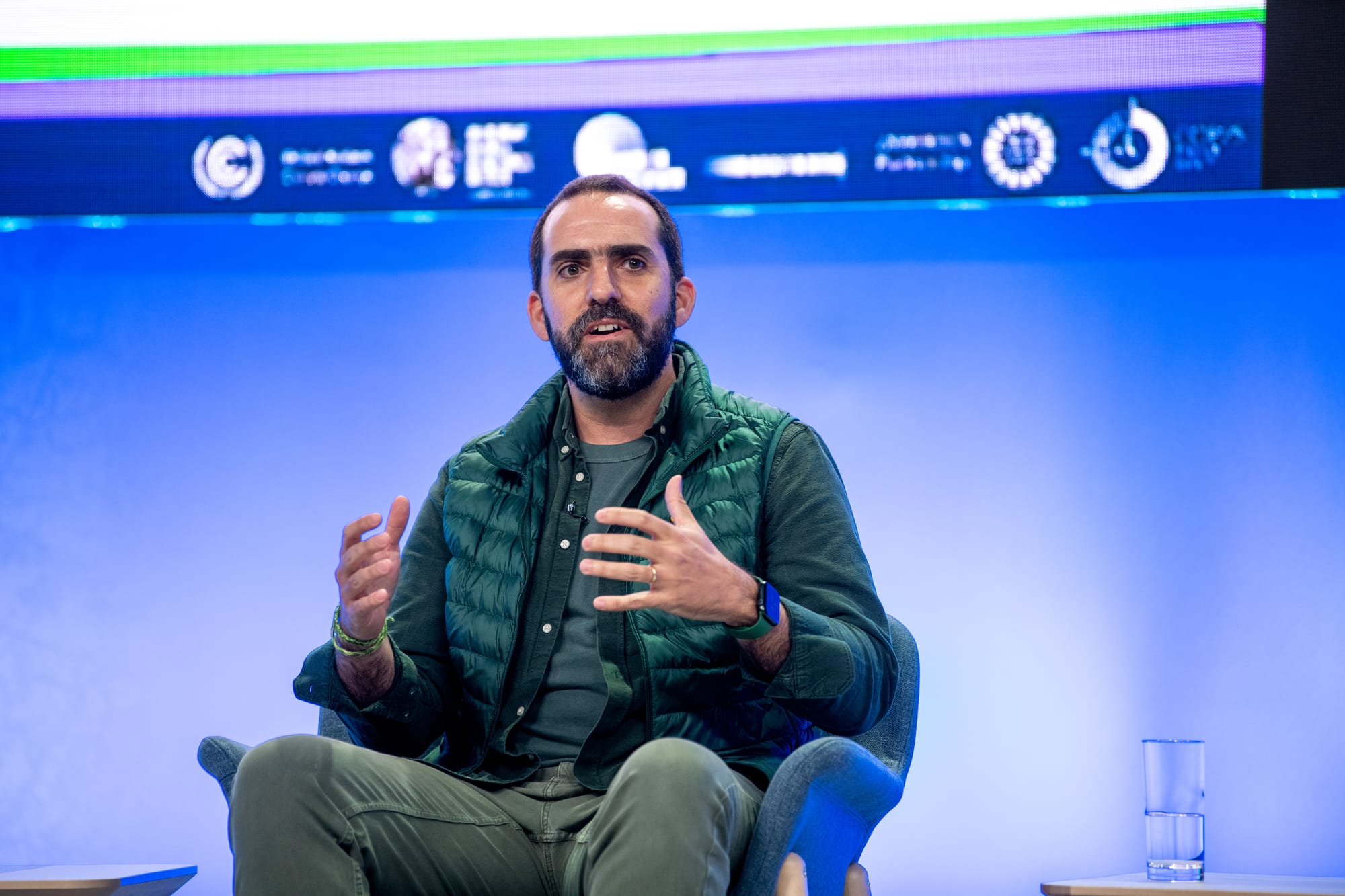
So we need to be ambitious and we need to be committed and as Gabrielle was saying I come from Chile. Chile is the southernmost country of the Global South — you can’t get more south than Chile. I come from the Patagonia, I’m flying straight from the Patagonia to be here with you today. And even a small startup like ours from the southernmost country of the Global South has to be ambitious.
For example this morning, here at COP 26, we announced the launch of Lemu Nge, Forest Eye, our very own hyperspectral nano satellite that’s going to allow us to monitor biodiversity and earth observation.
So we all need to do as much as possible because it’s not about — as we’ve been hearing — it’s not about removals or reductions, we need both! It’s not about nature or technology versus nature, it’s ecology and technology working together! And it’s not the Global South pointing fingers at the Global North for not doing more… We all need to do as much as possible.
So everyone is here in this room, everyone here at COP, everyone following on YouTube: We all have to try to understand what we can do, what changes in our behavior we need to do, and not just, again, demand that governments do more, corporations do more, because it all comes down to us in the end.
Gabrielle: Did you hear that? We all have to decide what we can do, everyone in the room, everyone who’s watching on YouTube, we all have to decide what we can do and if you can be ambitious from Patagonia we can be ambitious everywhere we are in the world. That’s wonderful, thank you.
